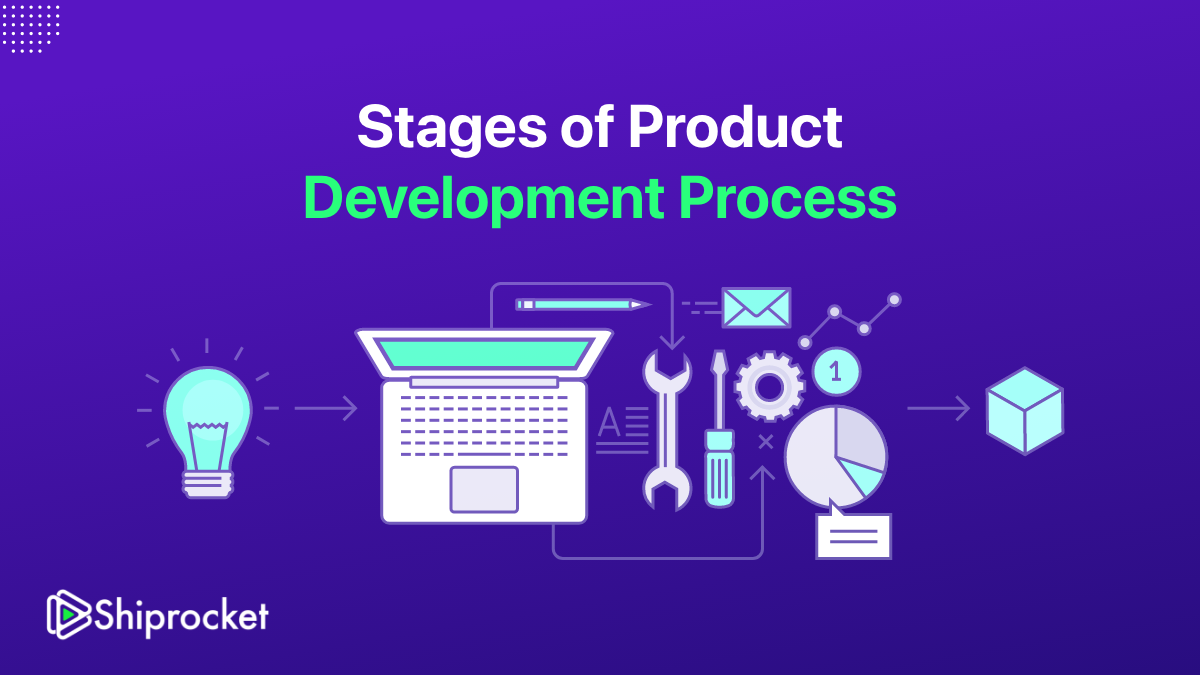When it comes to New Product Development Process, the process can feel overwhelming. With so many steps to take and decisions to make, it’s easy to get bogged down and lose sight of the end goal. Developing a new product can be a daunting task, but by breaking it down into stages, the process becomes more manageable. In this blog post, we’ll explore the nine stages of product development and how they can help you bring your idea to market successfully.
Stage 1: Concept Development
The first stage of product development is all about coming up with an idea. This is where you brainstorm and research to find a problem that needs solving or a gap in the market that you can fill. It’s important to validate your idea by talking to potential customers and conducting market research to ensure there is a demand for your product.
Stage 2: Analysis
The critical next step after solidifying your concept is to analyze the market and your competitors to inform your product strategy. This analysis includes evaluating production costs and defining a pricing strategy. This stage is essential for identifying potential challenges and determining the viability of your concept.
Stage 3: Design
During this stage, the software design team will work closely with the market research and analysis team to ensure that the product meets the needs and expectations of the target audience. Key considerations at this stage include the user interface, navigation, features, and functionality.
Stage 4: Prototyping
The next step is to create a prototype of your product. This can be done through a variety of methods, including 3D printing or creating a mock-up. The prototype will allow you to test the product’s functionality and design, and make any necessary adjustments before moving on to the next stage.
Stage 5: Testing
Once you have a working prototype, it’s time to test it thoroughly. This includes conducting both laboratory and field testing to ensure the product meets all safety and performance standards. This stage is also when you’ll gather feedback from potential customers and make any necessary adjustments to the design.
Stage 6: Design Iteration
Based on the feedback and test results, it’s time to iterate on the design. This stage involves making changes and improvements to the product to ensure it meets the needs of the customer and is ready for commercialization.
Stage 7: Commercialization and Marketing
With the design finalized, it’s time to start preparing for commercialization. This stage includes creating a business plan, identifying the target market, and developing a marketing strategy. It’s also the time to start building relationships with suppliers and distributors.
Stage 8: Product Launch
The hard work is finally paying off as it’s time to launch your product. This stage includes packaging, advertising, and promoting the product to reach your target market. It’s also important to monitor sales and customer feedback to ensure the product is successful.
Stage 9: Track Success
The final stage of product development is to track the success of the product. This includes monitoring sales, customer feedback, and market trends. This stage is also when you’ll make decisions about the future of the product. Such as whether to continue production or to make changes to the product based on customer feedback.
The Keys to Product Success are:
Solving a problem or filling a gap in the market: A successful product addresses a need or solves a problem for customers. It’s important to validate your idea by conducting market research and talking to potential customers to ensure there is a demand for your product.
Meeting customer needs: A successful product meets the needs and wants of the target market. It’s important to gather feedback from potential customers during the product development process and make any necessary adjustments to ensure the product meets their needs.
Differentiation: A successful product stands out from its competitors. It’s important to conduct a thorough analysis of the market and your competitors. It helps to identify any unique features or benefits of your product that will appeal to customers.
Quality: A successful product is well-designed and manufactured to a high standard. It’s important to test the product thoroughly and make any necessary adjustments to ensure it meets safety and performance standards.
Marketing and promotion: A successful product is effectively marketed and promoted to reach the target market. It’s important to develop a marketing strategy that effectively communicates the unique features and benefits of the product.
Continual improvement: A successful product is not just a one-time event, it’s a continuous process. It’s important to monitor sales, customer feedback, and market trends to identify areas for improvement and innovate to stay relevant.
Strong value proposition: A successful product is one that delivers a compelling value proposition to customers, which means it offers a unique benefit, advantage, or feature that the customer can’t find anywhere else.
Timing of launch: A successful product is one that is launched at the right time. When the market is ready for it and not too early or too late.
Pricing strategy: A successful product is one that is priced competitively, not too high or too low. But in a way that reflects its value and allows for a reasonable profit margin.
Final Words!
Developing a new product can be challenging, but by breaking it down into stages, the process becomes more manageable. By following the nine stages of product development, from concept development to tracking success, you can bring your idea to market successfully. It’s important to focus on key success factors such as solving a problem or filling a gap in the market, meeting customer needs, differentiation, quality, marketing and promotion, continual improvement, strong value proposition, the timing of the launch, and a well-thought-out pricing strategy. It’s also important to remember to be flexible and open to feedback and to always be looking for ways to improve and innovate in order to stay competitive in the market.
